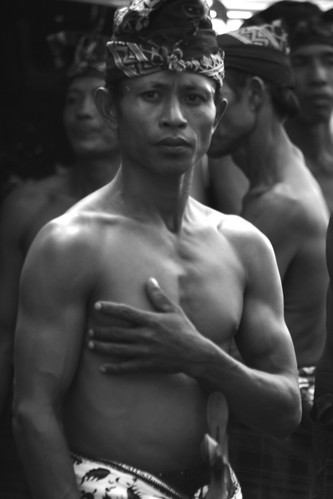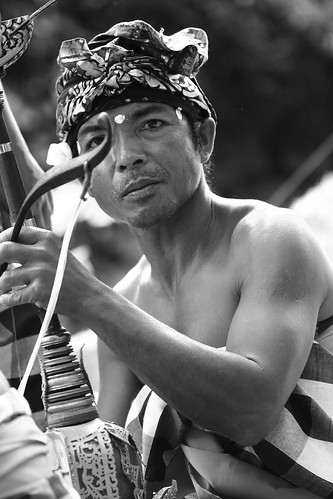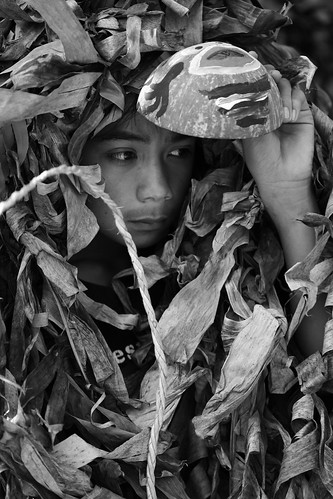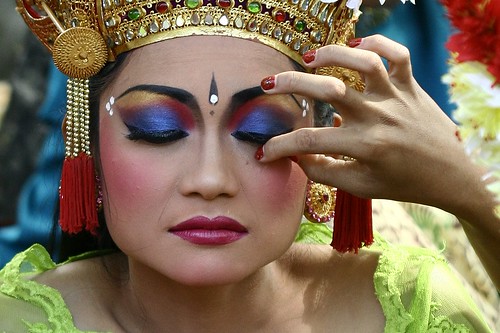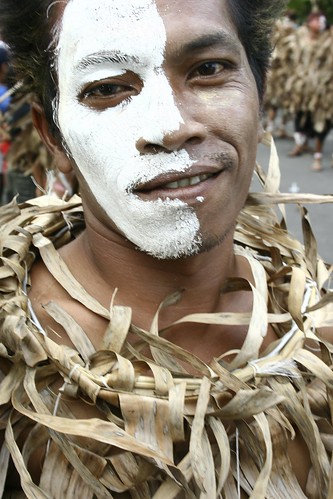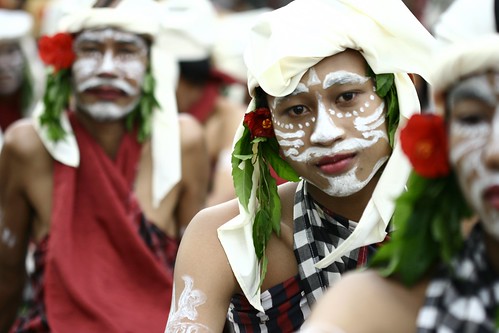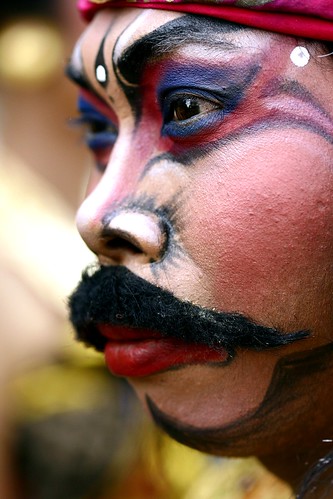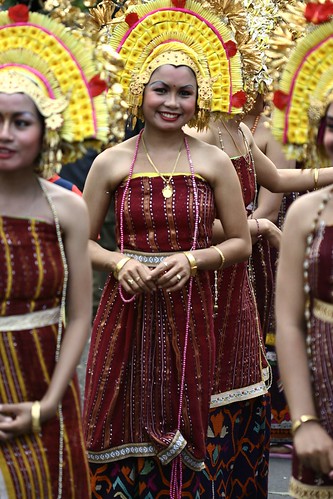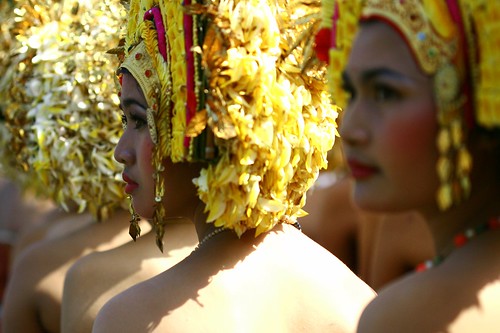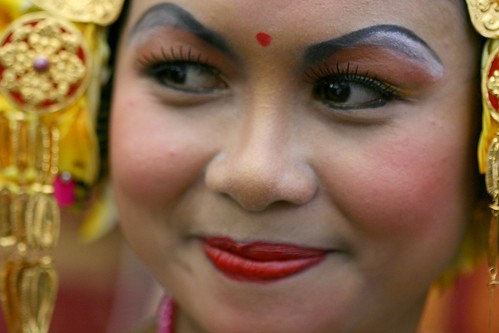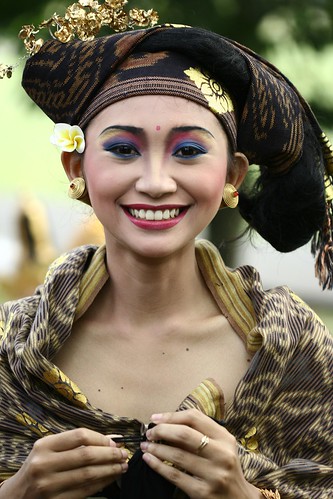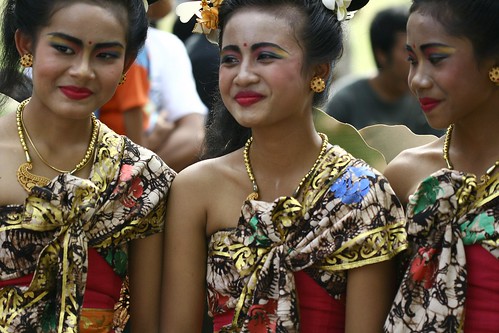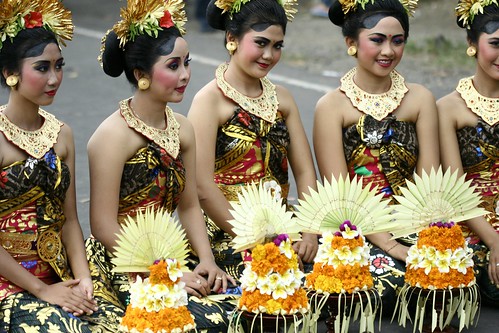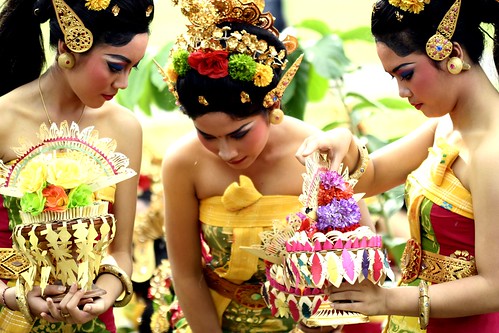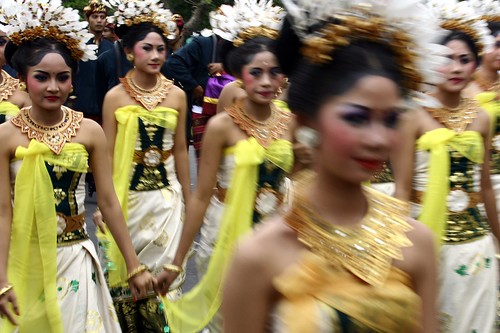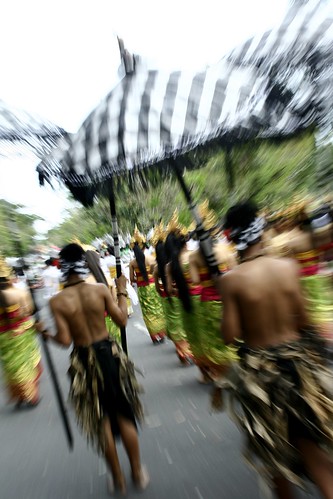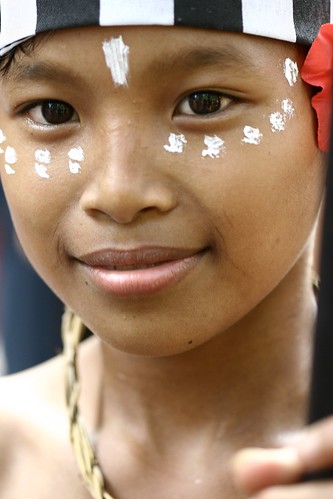Bali Arts Festival 2008- part 6
I find it hard to time my trips to Indonesia because of the demands of my job. Fortunately, I need to visit Bali quite often, at least 4 times a year. This frequency gives me plenty of opportunity to catch the Bali Arts Festival which is held every year for a span of 4 weeks, usually around July.
Even way back in the 90s, I was a fan. I would sneak out at night to catch the festival’s free cultural shows, view art exhibits and check out the handicrafts products in the trade fair (always on bargain).
My most memorable performance to date was the wayang kulit a popular form of shadow theatre featuring flat cut-out leather (=kulit) puppets mounted on sticks. Played for both art and entertainment, the wayang shows are often enactments of religious Hindu mythology blended with historical facts. The Balinese to this date patronize this old theatrical form even if they are played all night long in villages. I only saw an abbreviated version but I was totally enraptured. It was as pure, if not as primitive as I imagined it to be. A blanket of white was stretched as a white screen and coconut-husk lamp was used as the illuminating fire. Over gamelan accompaniment, the dalang or puppeteer chanted the morality tale in Balinese. I did not understand most of the story but I was entranced nonetheless.
Unfortunately, I don’t have a good photograph of the performance as this was way back in 2002, pre-flickr and before I knew anything about camera settings. The photo below is in fact only 26KB as it was taken from the most rudimentary of p&s digicams available during that time.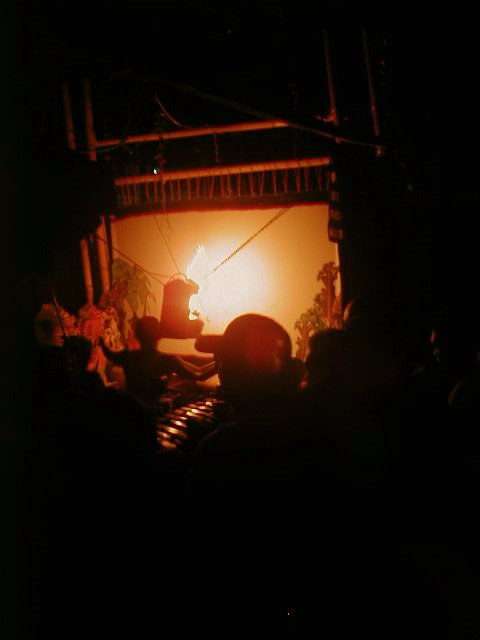
a wayang kulit performance at the Bali Arts Festival 2002, Denpasar, Bali, Indonesia
Olympus C900Z,D400Z, 5.6mm, ISO 100
Checking my archive of photographs, I also remembered that the following year, I was able to catch another performance. This time it was a free interpretation dance held at the ampitheatre of the Bali Arts Center in Denpasar, the regular site of the festival. The Festival does not just present classical but also new dance forms. Not surprisingly, the performances were well attended. There were a few tourists but the crowd were mostly Balinese, young and old. That is what is heartening with the Balinese as a people – they appreciate and embrace art. Local patronage is never wanting.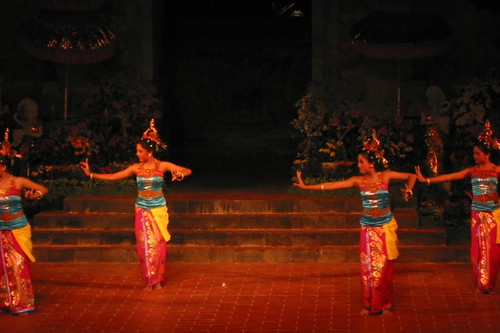
tari kreasi lepas performance at the Bali Arts Festival 2003, Denpasar, Bali, Indonesia
Canon PowerShot S40, 1/60s, f/4.9, 21.3mm
In the course of the month-long festival, performances from provincial cultural troupes outside of Bali would also be highlighted. They obviously keep the festival fresh with new ideas. Lucky for me too as normally, I would not be able to visit these farflung provinces but in Bali, I was able to watch authentic performances. In 2005, for instance, I enjoyed thoroughly a presentation from Flores island. I was amazed at the bulky costumes and large drums that the group transported all the way to Bali. 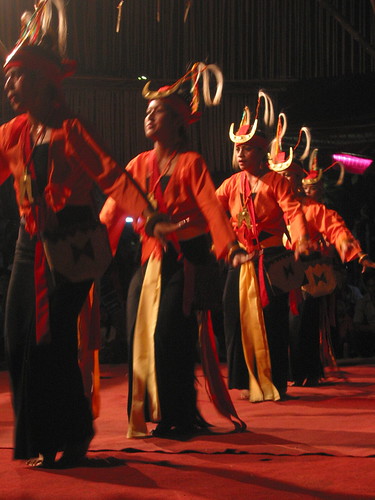
a dance performance by Flores dancers in the 2005 Bali Arts Festival, Denpasar, Bali, Indonesia
Canon PowerShot S40, 1/15s, f/4.5, 17.5mm
This being the main cultural exposition event of Indonesia, the Festival also attracts the guest performances from other countries. This year, the international representation came from the US, Japan, Taiwan and Korea. Too bad, I was not able to catch any as last month, I left shortly after the opening day of the Festival.
But again, there will be some other chances in the future. I certainly hope to see more in the years ahead.
*******
Here are more photographs from this year’s Bali Arts Festival opening day meped.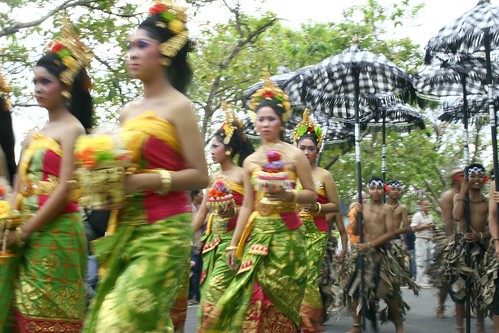
Canon EOS 350D Digital, 1/13s, f/20, 31mm, ISO 200 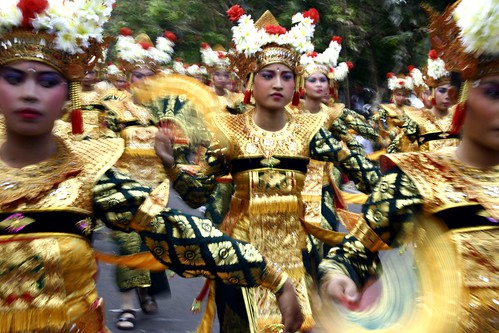
Canon EOS 350D Digital, 1/10s, f/22, 55mm, ISO 200 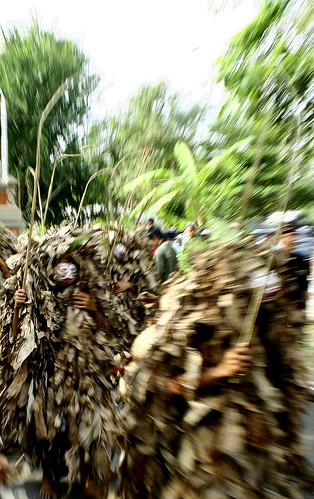
Canon EOS 350D Digital, 1/15s, f/14, 21mm, ISO 200 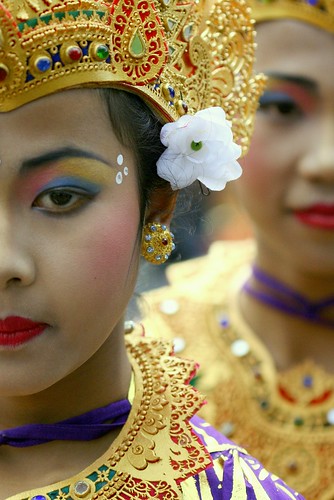
Canon EOS 350D Digital, 1/2500s, f/2.8, 100mm, ISO 400, -1/3EV 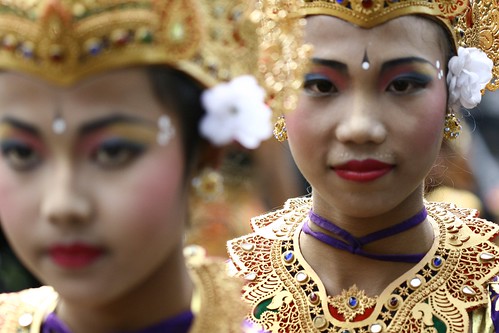
Canon EOS 350D Digital, 1/1000s, f/2.8, 100mm, ISO 400, +1/3EV 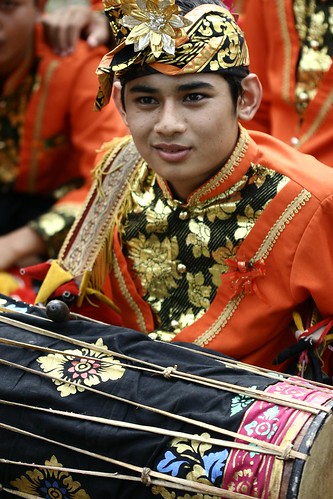
Canon EOS 350D Digital, 1/1000s, f/2.8, 100mm, ISO 400 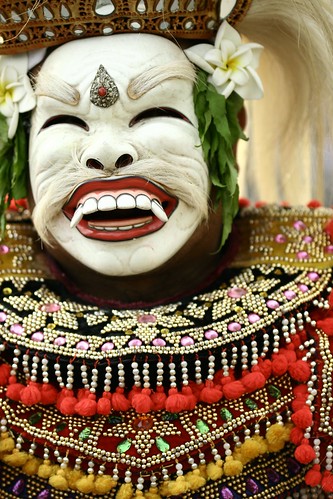
Canon EOS 350D Digital, 1/800s, f/2.8, 100mm, ISO 200, +1/3EV






